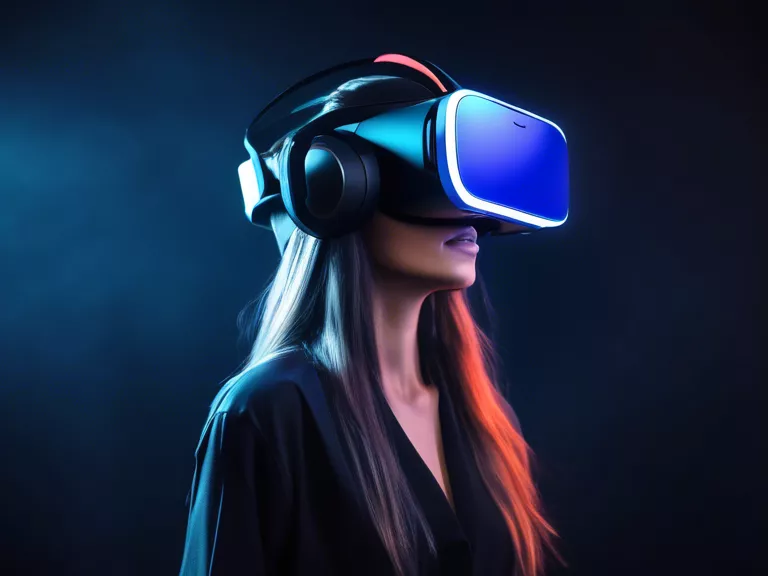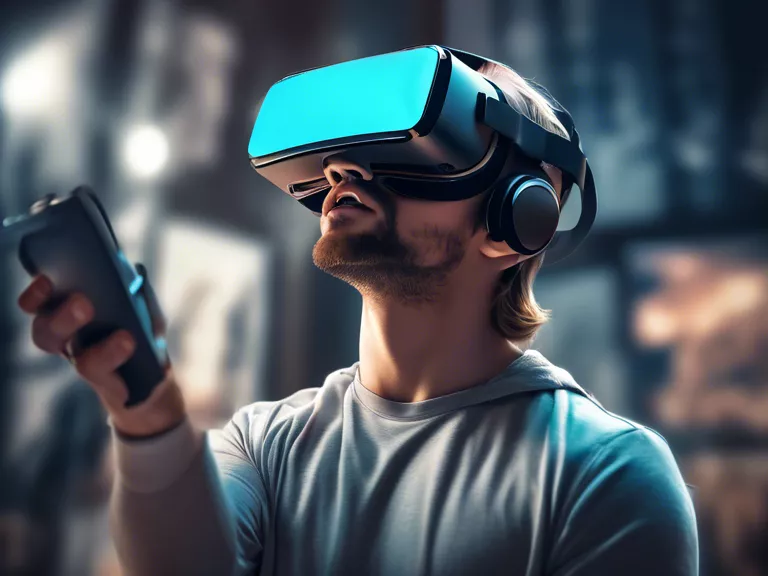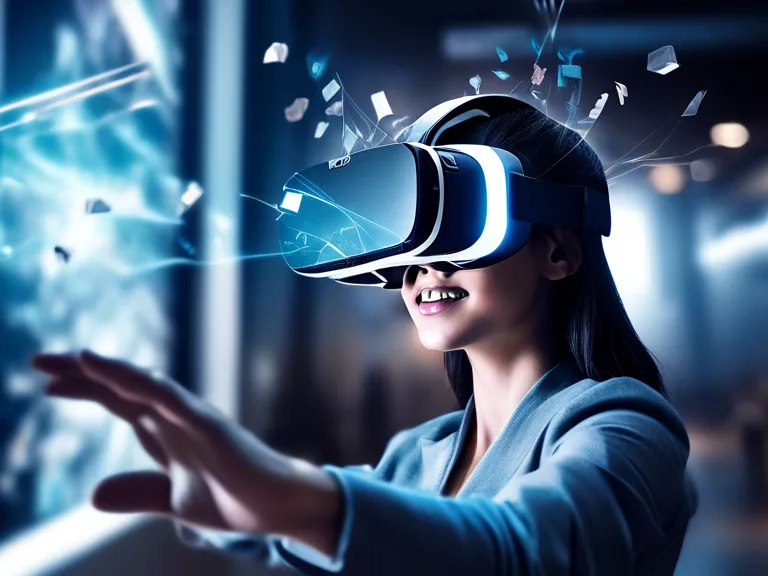
Introduction
Virtual reality (VR) technology has rapidly evolved over the past few years, offering immersive experiences that were once considered futuristic. Businesses across various industries are now leveraging VR integration to enhance their operations, attract customers, and drive profits. In this article, we will explore the profitable world of virtual reality integration and how businesses can benefit from this cutting-edge technology.
Enhancing Customer Engagement
One of the key advantages of integrating VR into business operations is the ability to enhance customer engagement. By offering immersive experiences through virtual reality, businesses can create memorable interactions that leave a lasting impression on customers. Whether it's a virtual tour of a real estate property, a 360-degree product showcase, or a virtual training session, VR technology can captivate customers and drive engagement.
Improving Training and Education
Virtual reality is revolutionizing the way businesses train their employees and educate their customers. By creating realistic simulations and interactive learning experiences, VR integration allows businesses to deliver training programs that are more engaging, effective, and cost-efficient. From onboarding new employees to teaching complex concepts, virtual reality offers a powerful tool for enhancing learning and development initiatives.
Boosting Sales and Conversions
Businesses that integrate virtual reality into their sales and marketing strategies often see a significant boost in sales and conversions. By allowing customers to experience products or services in a virtual environment, businesses can showcase their offerings in a more engaging and convincing way. Virtual reality can help overcome barriers such as distance, language, and accessibility, leading to increased sales and higher conversion rates.
Streamlining Design and Prototyping
In industries such as architecture, engineering, and manufacturing, virtual reality integration can streamline the design and prototyping process. By creating 3D models and virtual simulations, businesses can visualize and test their ideas in a virtual environment before moving to physical production. This not only accelerates the design process but also reduces costs and improves the overall quality of the final product.
Creating Innovative Marketing Campaigns
Virtual reality offers businesses a unique opportunity to create innovative and memorable marketing campaigns. Whether it's a VR-powered experiential marketing event, a virtual reality ad campaign, or a branded VR game, businesses can leverage this technology to stand out from the competition and capture the attention of their target audience. Virtual reality marketing campaigns are not only effective in driving engagement but also in building brand awareness and loyalty.
Conclusion
In conclusion, the integration of virtual reality technology presents a myriad of opportunities for businesses to enhance customer engagement, improve training and education, boost sales and conversions, streamline design and prototyping, and create innovative marketing campaigns. By embracing virtual reality integration, businesses can stay ahead of the curve, differentiate themselves from competitors, and drive profits in an increasingly digital world.

